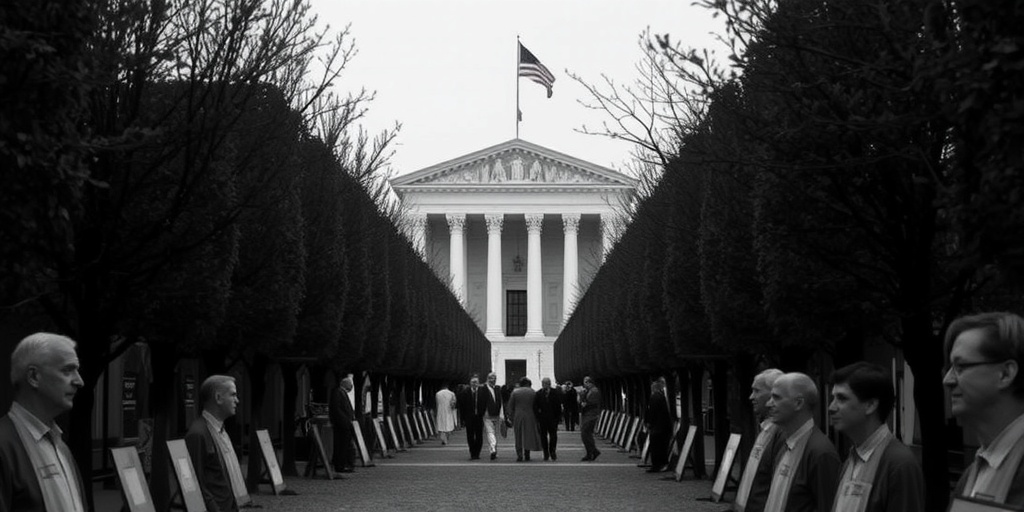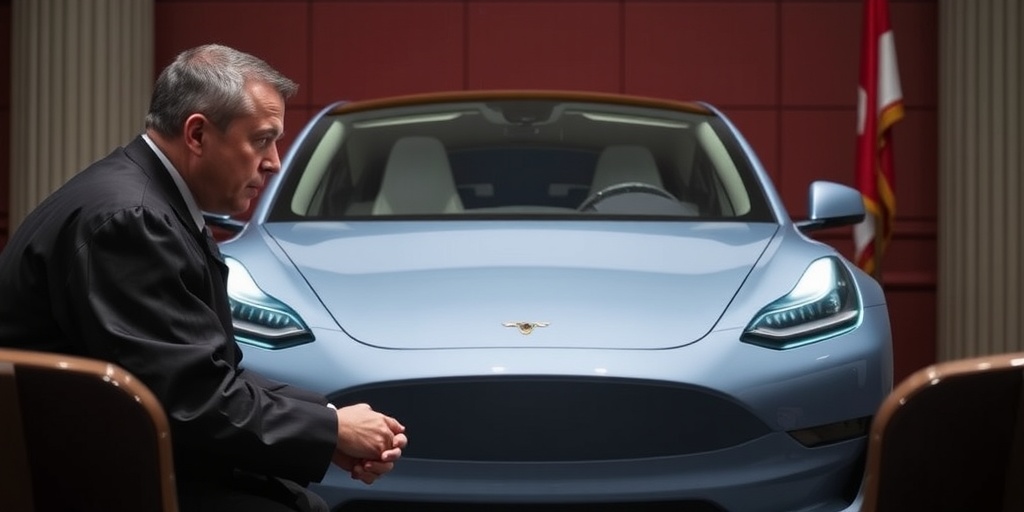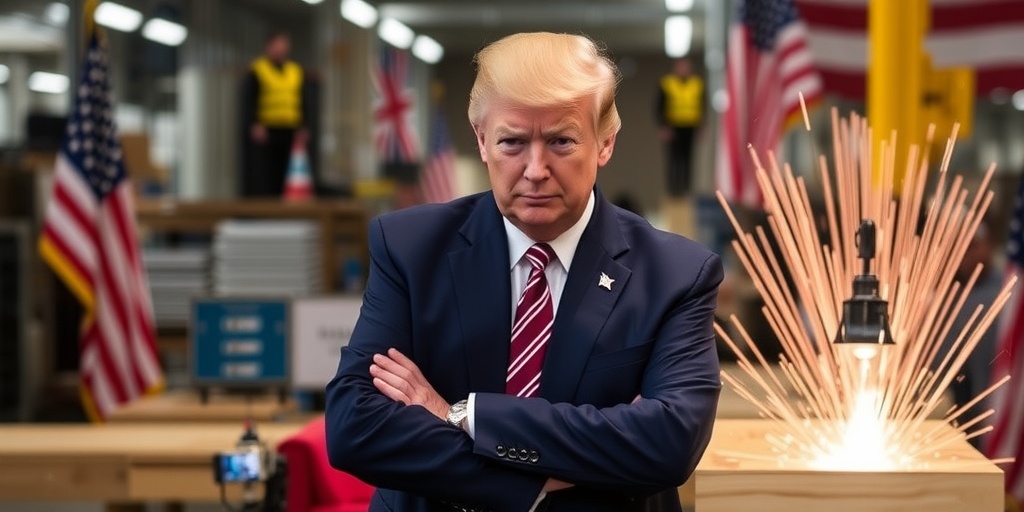Now Reading: Uncertainty Surrounds Smithsonian Leader After Trump’s Executive Order
-
01
Uncertainty Surrounds Smithsonian Leader After Trump’s Executive Order
Uncertainty Surrounds Smithsonian Leader After Trump’s Executive Order

Lonnie G. Bunch III Faces Political Pressure as Director of the Smithsonian Institution
Lonnie G. Bunch III, museum director, educator, and historian, is currently navigating a complex landscape of political pressure as he leads the Smithsonian Institution, a venerated cultural establishment. Despite his renowned diplomatic skills, Bunch finds himself at the center of a significant debate sparked by a recent executive order from President Trump aimed at curtailing what the administration perceives as ideological bias within Smithsonian exhibitions and programs.
In an executive order issued last month, Trump accused the Smithsonian of fostering “narratives that portray American and Western values as inherently harmful and oppressive.” The order calls for an immediate halt to funding for exhibitions that the administration claims degrade shared American values, create racial divisions, or promote ideologies inconsistent with federal law. The implications of this directive for the Smithsonian’s future and programming remain uncertain, as Trump lacks direct control over the institution. However, the pressure from the White House could compel Bunch to make tough decisions, including conforming to presidential demands, resigning, or resisting and facing potential dismissal.
Bunch, the founding director of the National Museum of African American History and Culture, has a history of collaborating with officials across political divides. Sam Brownback, a former Republican senator, notably sponsored the legislation that led to the establishment of the African American museum, which was signed into law by President George W. Bush. Since becoming the Smithsonian’s secretary in 2019 during Trump’s first term, Bunch’s leadership has garnered attention for its commitment to fostering a nuanced understanding of American history.
Despite the apparent disconnect between Bunch and Trump, as evidenced by the lack of communication regarding the executive order, the president did acknowledge the museum’s achievements during an earlier tour in 2017, describing it as “a great job done by amazing people.” However, recent statements from the White House have severely criticized Bunch’s character, labeling him a “Democrat donor” and accusing him of fabricating narratives to promote his book, “A Fool’s Errand: Creating the National Museum of African American History and Culture in the Age of Bush, Obama, and Trump.”
The book, which includes anecdotes about Trump, documented their interactions during the museum tour. Following an encounter with an exhibit on the slave trade, Trump reportedly remarked, “You know, they love me in the Netherlands,” which Bunch diplomatically redirected as they moved through the exhibit. As a registered Democrat, Bunch’s involvement in campaign donations appears limited to a $250 contribution to Jesse Jackson two decades ago.
While he has yet to respond publicly to Trump’s executive order, Bunch communicated to Smithsonian employees that he intends to work collaboratively with the institution’s governing Board of Regents to uphold the mission of delivering historical, scientific, and artistic perspectives to all Americans. He emphasized the importance of showcasing exhibits grounded in expertise and accuracy, reinforcing the commitment to sharing the multifaceted stories of the nation’s heritage.
Supporters of Bunch, including James Grossman, executive director of the American Historical Association, believe he will prioritize the Smithsonian’s integrity in his decision-making. Grossman acknowledged Bunch as an “institutionalist” deeply invested in the Smithsonian’s role in American democracy. Under his stewardship, the Smithsonian has maintained a reputation as a family-friendly institution, yet Trump’s executive order rejuvenates criticisms of perceived leftist indoctrination.
As the Smithsonian grapples with the financial implications of potentially losing federal funding—about 62% of its annual budget exceeding $1 billion—Bunch’s leadership style will face scrutiny. The institution has recently shuttered its diversity office following the president’s executive order banning diversity and equity programs in federally funded organizations.
The executive order further mandated that the forthcoming Smithsonian American Women’s History Museum avoid any recognition of “men as women” and criticized past exhibitions that addressed race and power dynamics in American history. Bunch’s diplomatic approach will be pivotal as he navigates these evolving challenges while ensuring that the Smithsonian continues to authentically represent the nation’s complex past.
Historical players, including Professor Henry Louis Gates Jr., believe that Bunch’s adept handling of the situation demonstrates his ability to rise above partisan politics while advocating for a more inclusive narrative of American history. With the Smithsonian actively addressing issues of race—with recent exhibitions analyzing slavery and ethical returns of cultural artifacts—Bunch’s commitment to confronting uncomfortable truths remains steadfast.
As he continues to address the pressures from the current administration, Bunch’s legacy as the first Black secretary of the Smithsonian will hinge on how he balances institutional integrity with political advocacy in a time of increasing polarization. His resilience in the face of this challenge could define not just his tenure, but also influence the trajectory of how American history is presented and understood in the years to come.
Stay Informed With the Latest & Most Important News
Previous Post
Next Post
Previous Post
Next Post
-
 01New technology breakthrough has everyone talking right now
01New technology breakthrough has everyone talking right now -
 02Unbelievable life hack everyone needs to try today
02Unbelievable life hack everyone needs to try today -
 03Fascinating discovery found buried deep beneath the ocean
03Fascinating discovery found buried deep beneath the ocean -
 04Man invents genius device that solves everyday problems
04Man invents genius device that solves everyday problems -
 05Shocking discovery that changes what we know forever
05Shocking discovery that changes what we know forever -
 06Internet goes wild over celebrity’s unexpected fashion choice
06Internet goes wild over celebrity’s unexpected fashion choice -
 07Rare animal sighting stuns scientists and wildlife lovers
07Rare animal sighting stuns scientists and wildlife lovers





















